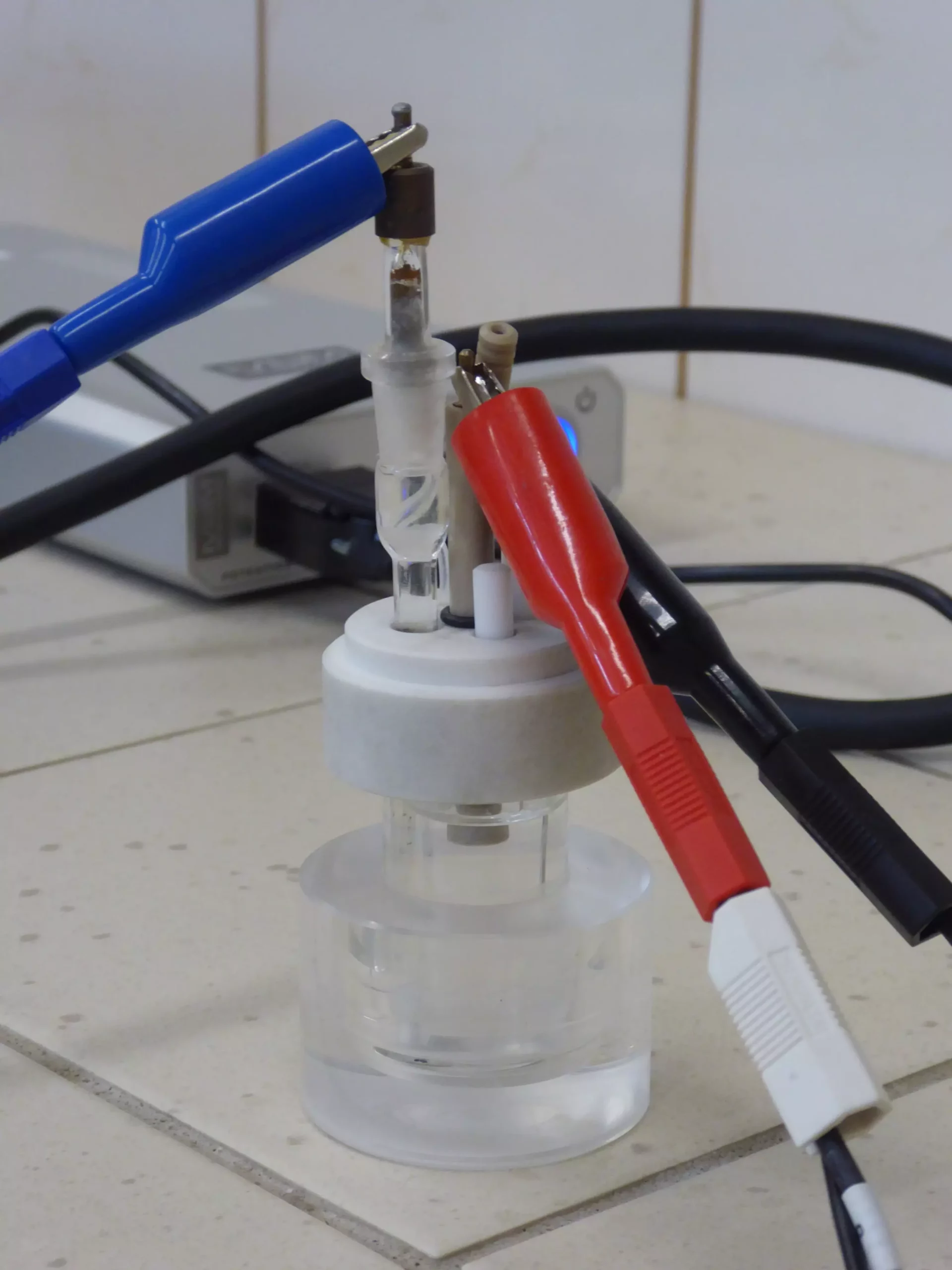The swift increase in the global consumption of lithium-ion batteries (LIBs) marks a significant shift toward renewable energy and electric mobility. However, this rapid proliferation has led to a staggering rise in battery waste, which poses critical environmental challenges due to the hazardous materials contained within these discarded batteries. Researchers from Poland have undertaken a comprehensive investigation into this pressing issue, aiming to devise an innovative solution through the recycling of spent lithium-ion batteries for catalytic processes related to the production of hydrogen peroxide.
In recent years, the demand for lithium-ion batteries has surged, largely driven by advancements in technology and the push for sustainable energy solutions. This boom, while beneficial, brings with it substantial environmental challenges. As the lifespan of these batteries expires, their disposal becomes an urgent problem. The toxic materials embedded in these batteries, including heavy metals such as cobalt and nickel, can lead to soil and water contamination if not handled properly. Consequently, developing efficient recycling methodologies is not just an option, but an absolute necessity for protecting the environment and establishing a circular economy.
In a groundbreaking study published in the journal ChemElectroChem, a collaborative team of scientists from various Polish research institutions, spearheaded by Dr. Eng. Magdalena Warczak, has proposed a methodological advance in the recycling of lithium-ion batteries. Their research centers on extracting carbon material from the electrodes of spent batteries through a process known as acidic leaching. In this method, valuable metals are reclaimed, while the carbon material, which retains trace amounts of metals like cobalt, is repurposed as a catalyst for the electrochemical production of hydrogen peroxide.
The team focused on creating a more environmentally-friendly process, particularly desirable in industries relying on hydrogen peroxide, which is commonly utilized as a disinfectant, bleach, and oxidizer. Traditional methods for producing hydrogen peroxide involve high pressures and temperatures, requiring expensive catalysts and can generate harmful byproducts. The Polish team’s electrochemical approach presents a promising alternative, minimizing environmental impact while potentially reducing production costs.
Central to the study were the electrochemical tests conducted on the recycled carbon material combined with cobalt. The findings indicated that the catalytic efficiency was highly variable according to the etching process utilized and the resultant structural properties of the material. Each sample’s performance was scrutinized, showing that the successful reduction of oxygen can be achieved via either a four-electron pathway, yielding water, or a two-electron pathway leading to hydrogen peroxide. Dr. Warczak emphasizes the significance of this dual capability, as the targeted production of hydrogen peroxide through a two-electron reduction reaction can serve multiple industrial processes.
Moreover, their experiments employed a unique setup to isolate the effects of the recycled materials. By suspending the battery powders in immiscible liquid systems, the team was able to observe the spontaneous reaction between oxygen and the interface, confirming that hydrogen peroxide production was indeed facilitated by the recycled catalysts. Notably, the concentrations of hydrogen peroxide achieved were significantly higher than those in systems that did not utilize battery waste, further showcasing the potential for practical applications.
Hydrogen peroxide is a chemical with vast, versatile applications beyond its role as a household disinfectant. Concentrated forms are crucial in various industries, including chemical manufacturing, textile production, and even aerospace sectors as an environmentally friendly propellant. The re-application of waste materials from lithium-ion batteries not only addresses the issue of battery disposal but opens up new avenues for generating useful industrial compounds sustainably.
Excitingly, the research team has also spotlighted hydrogen peroxide’s historical usage in rocketry, noting its potential as a green oxidizer for futuristic propulsion systems. The development of high-concentration hydrogen peroxide as a propellant for space travel reflects the innovation stemming from sustainable recycling efforts.
As the planet grapples with the environmental repercussions of battery waste, the research outlined by this Polish group paves the way for further investigations. The next stages entail refining the efficiency of electrochemical reactions to push the boundaries of industrial viability and exploring the feasibility of the four-electron reduction process, potentially unlocking new applications, including fuel cell technology.
The research team comprising experts from several Polish institutions showcases a compelling fusion of sustainability and innovation. Their work not only provides a pathway for effective lithium-ion battery recycling but also repurposes waste into valuable chemical production, laying a foundation for both environmental safeguarding and industrial progress.


Leave a Reply